
I’m going to be brutally honest here – Brussels is my least favorite city in Belgium. I much prefer other places in Belgium, such as Ghent or Antwerp. Brussels is fine. There is nothing inherently wrong with it. I just find it a pretty boring and lacking in the charm and personality you see in other places in Belgium.
But that doesn’t mean there isn’t anything worth seeing or doing in Brussels, especially on a short visit.
I understand that most folks visiting Belgium on vacation will spend at least one or two days in Brussels, thanks to its large airport and major train connections to big European cities like Paris and London. Brussels has layers—historical, cultural, culinary—so there is certainly enough to see & do on a short visit. This guide is going to break down the top things to see, eat and do in Brussels for first-time visitors with only one or two days to explore.
How to Make the Most of Brussels on a Short Visit
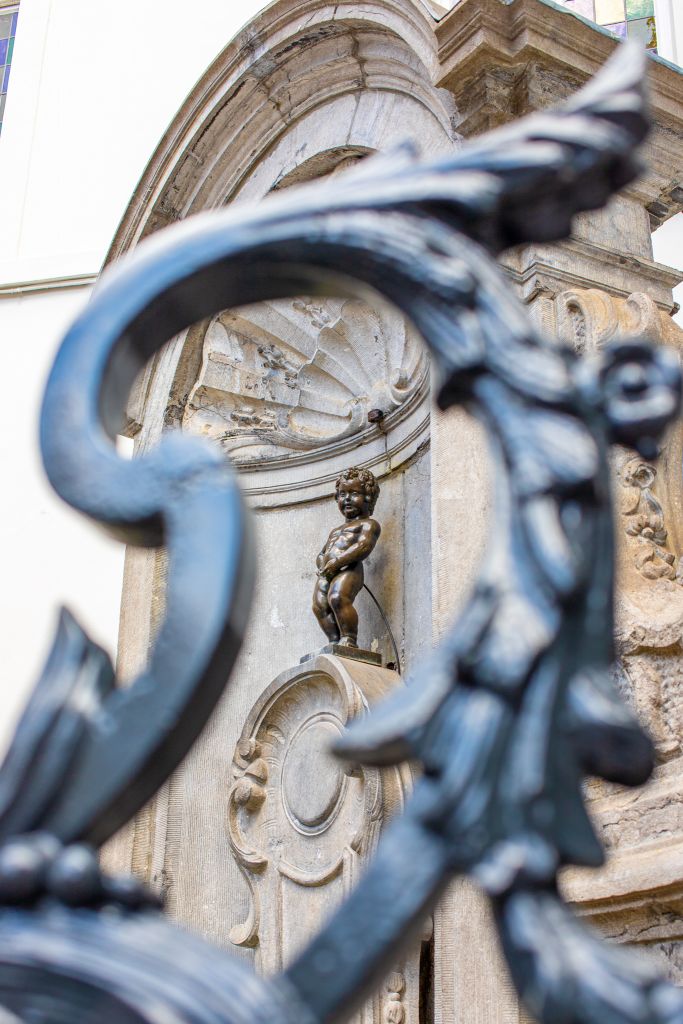


Top Things to See in Brussels
Grand Place
No guide to Brussels is complete without the jaw-dropping Grand Place. It is the beating heart of Brussels dating back to the Middle Ages. In my opinion (and the opinion of many others), the Grand Place is one of Europe’s most architecturally stunning squares. It is even recognized by UNESCO as a World Heritage Site.
Originally a market hub in the 12th century, the square is lined with ornately gilded guildhalls, the Gothic Town Hall (built in 1402), and the Maison du Roi, now home to the Brussels City Museum. Its dramatic appearance owes much to its 17th-century rebuild after French bombardment in 1695.
The square hosts major events like the biennial Flower Carpet and the winter light show. Entry is free, but many surrounding buildings (like the museum or Town Hall tours) charge small fees. Visit early in the morning to avoid crowds or go after dusk to see it dramatically lit.

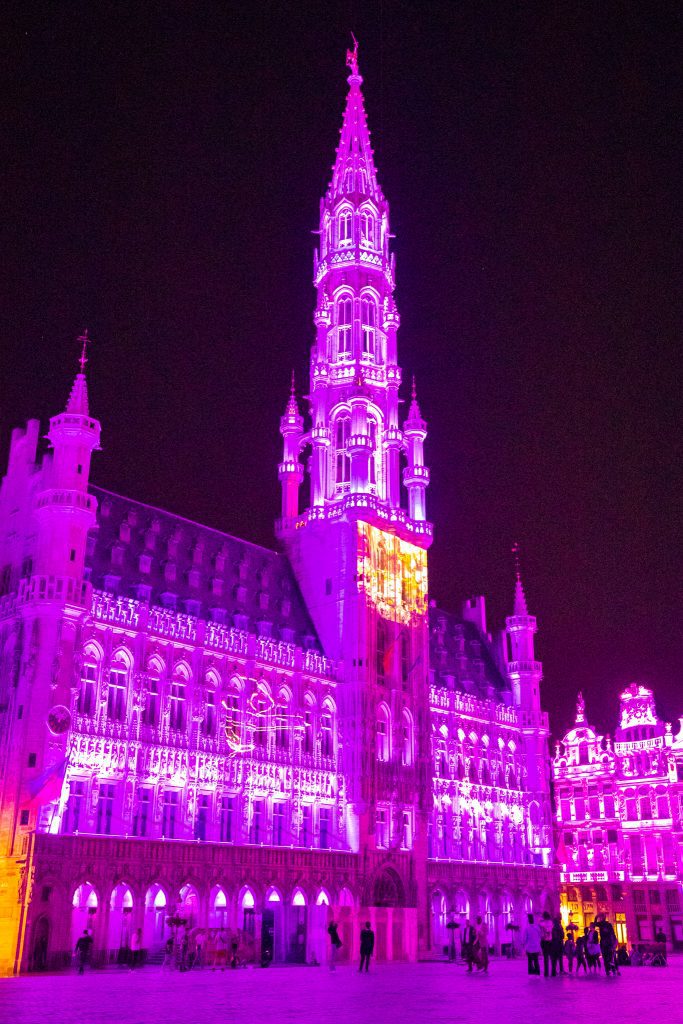
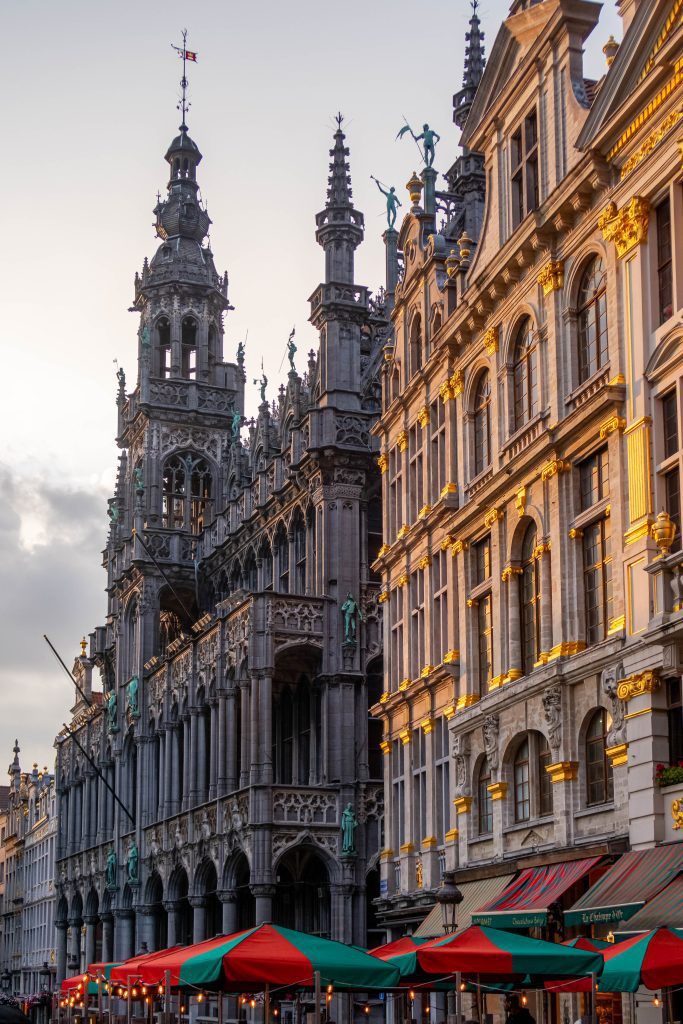
Mannequin Pis
A few blocks away from the Grand Place is Brussels’ cheekiest resident– Manneken Pis. I find this is one of the dumbest tourist attractions in Europe (right up there with the Little Mermaid in Copenhagen), but you see it listed on nearly every Brussels travel guide. It is quite literally a 17th-century bronze fountain statue of a little boy peeing—yup, that’s it. Thankfully, it's a quick stop and free to view. Installed in 1619 by sculptor Jérôme Duquesnoy, the statue symbolizes Belgian irreverence and independence. The statue is often dressed in costumes from a collection of over 1,000 outfits.
Royal Saint Hubert Gallery
Opened in 1847, the Galeries Royales Saint-Hubert is one of the oldest covered shopping arcades in Europe — predating even Milan’s famed Galleria Vittorio Emanuele II. Designed by architect Jean-Pierre Cluysenaar, the complex consists of three connected galleries (King’s, Queen’s, and Princes’), all housed under an arched glass roof that floods the space with natural light. Today, the arcade is home to luxury boutiques, artisanal chocolate shops (including some of my favorite ones), galleries, cafés, and a historic theatre. Entry is free, and it’s located just steps from Grand Place, making it an easy stop on any walking route through the city center.
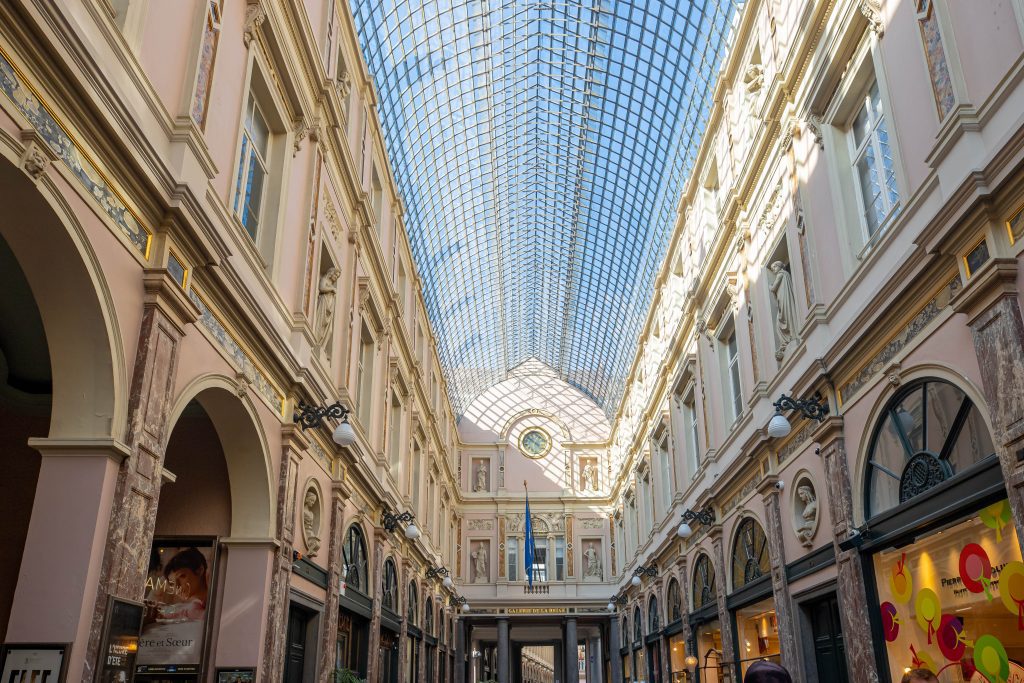
Atomium
Built for the 1958 Brussels World Expo, Atomium is a 102-meter-tall structure shaped like an iron atom magnified 165 billion times. It’s both a science-fiction-style landmark and a functioning museum, featuring exhibitions on design, science, and Expo ’58 nostalgia. Visitors can explore inside the interconnected spheres, including a rooftop viewing deck with sweeping panoramic views of Brussels.
My honest thoughts on Atomium: meh, it's fine... It took me four trips to Brussels before I visited this somewhat out of the way spot. And after visiting, turns out, my procrastination was intuition. It isn’t anything special. I found the structure to be impressive, but the museum inside is not worth the entry cost in my opinion. And besides miniature Europe next to it, there is almost nothing else around here.
If you are really committed to going inside, tickets can be purchased on site (€17 for adults, discounts for students and children) or online in advance — which is highly recommended to skip lines, especially on weekends.
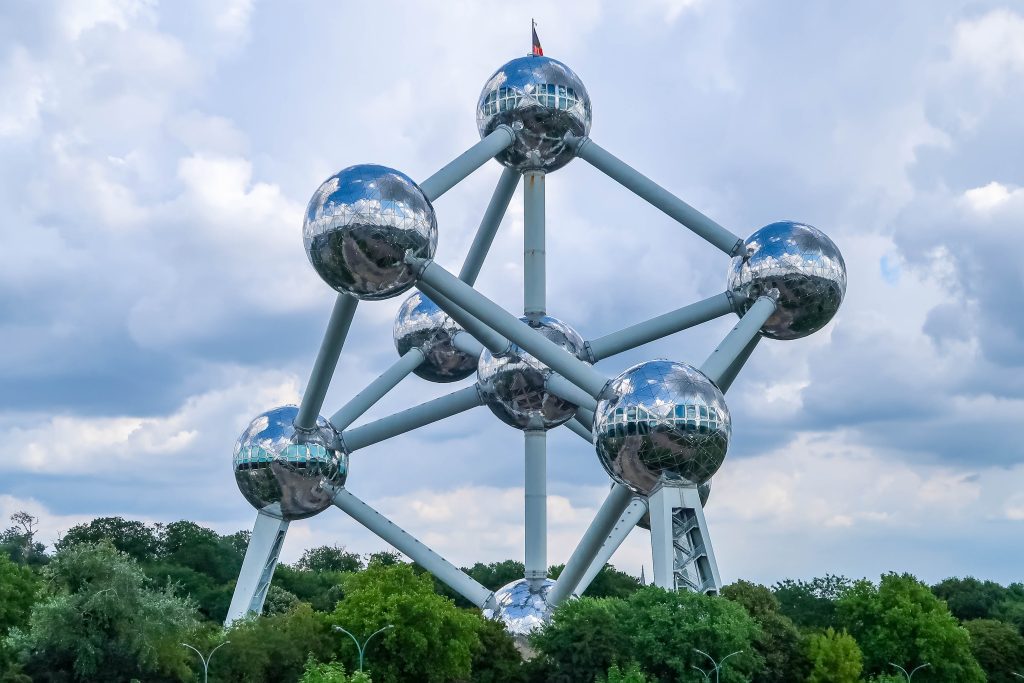
What to Do in Brussels
Magritte Museum
Dedicated to Belgium’s best-known surrealist, René Magritte, this museum houses the largest collection of his works in the world. Even if you don’t know his name, you might know some of his work, such as The Son of Man aka top hat man with an apple in front of his face. Located within the Royal Museums of Fine Arts, the museum spans over 200 original paintings, drawings, photographs, and personal objects.
Mini-Europe
Located next to the Atomium, Mini-Europe is a detailed theme park with over 350 miniature models of European landmarks, all at a 1:25 scale. It is super silly and cheesy, but in charming sort of way. From the Eiffel Tower to the Berlin Wall to the canals of Venice, it's a whistle-stop tour of Europe with surprising accuracy (plus moving trains, erupting volcanoes, and tiny boats). I wouldn’t say it is a must-see but I didn’t have a bad time either. It’s ideal for families or anyone wanting a quirky, educational detour. Tickets are around €19 for adults and can be bundled with Atomium entry. Plan about 1 to 1.5 hours for a full walkthrough.
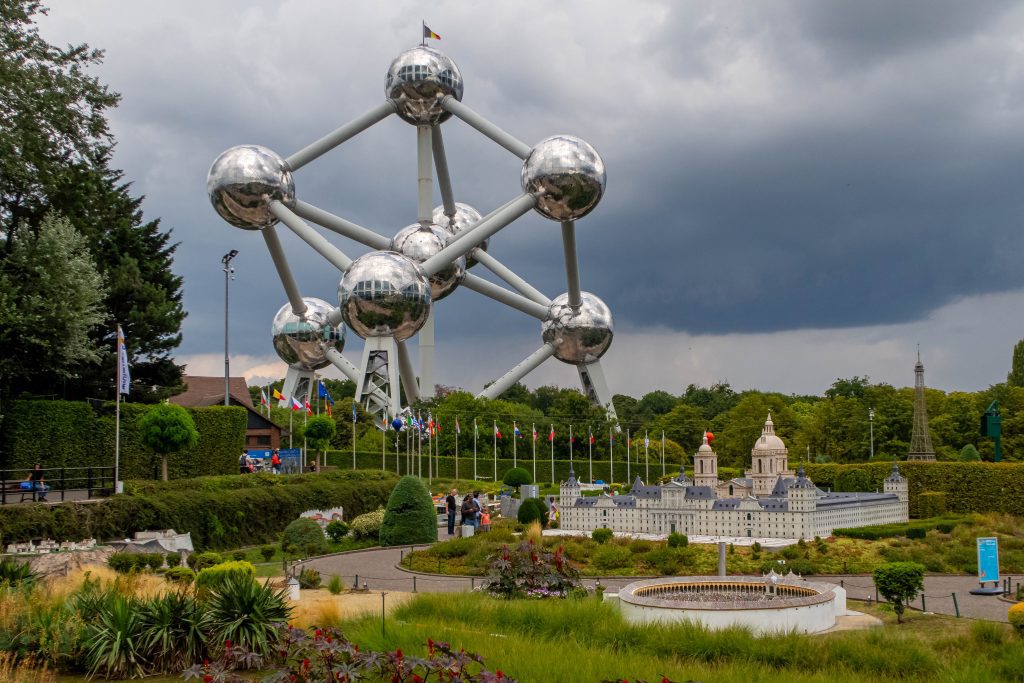
Sip Beer in a Historic Bar
Whether you’re a trappist purist or into fruity lambics, Brussels is basically Disneyland for beer lovers. Brussels has no shortage of spots where you can drink history by the pint. Belgian beer culture is UNESCO-recognized for good reason. If you don’t know anything about Belgian beers or the culture of beer in Belgium, read through my beginner-friendly Belgian beer guide. My husband used to work at a Belgian beer bar, and he shared all his knowledge in the guide.
A few of our favorite spots for beer in Brussels include:
- À la Bécasse: Old wood paneled bar specializing in Lambics and other varieties of Belgian beer
- Au Bon Vieux Temps: one of the oldest bars in Brussels, dating back to 1695. It is tucked away in an alley and easy to walk past.
- À La Mort Subite: founded in 1928, is a classic Art Nouveau café serving house lambics and traditional Belgian brews in a time-capsule interior.
- Delirium Café: holds the Guinness World Record for beer variety (2,000+ options!)
- Cantillon Brewery: functioning lambic brewery and museum in one, Cantillon is a taste of Brussels’ funky, wild-fermented soul.
- Moeder Lambic Fontainas: Great Lambic selection among other styles. It has a nice patio located outside the touristy area
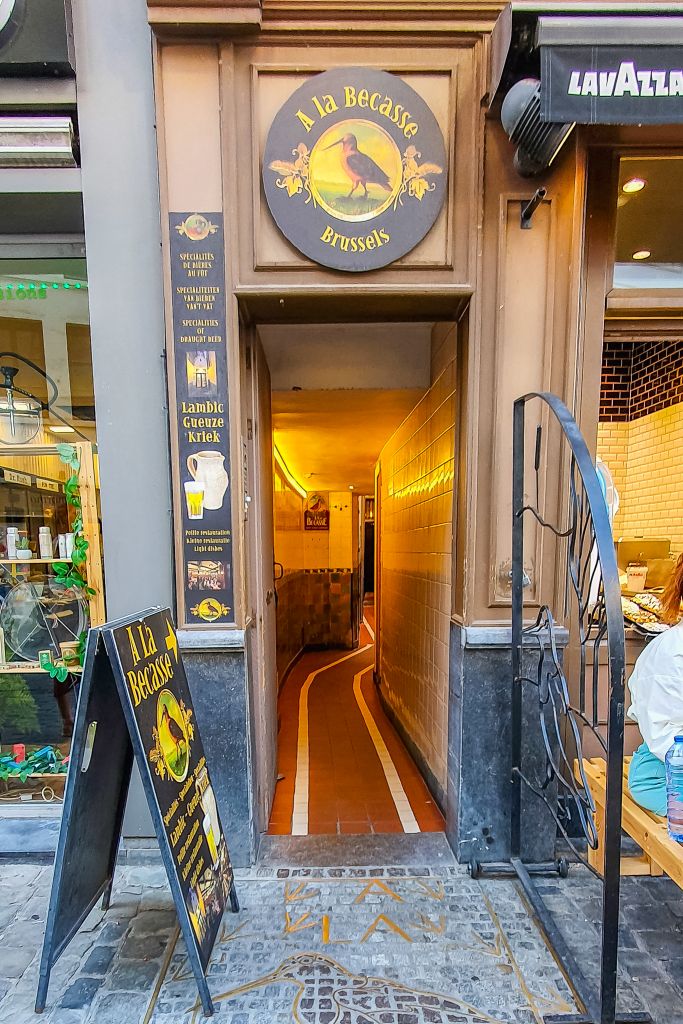
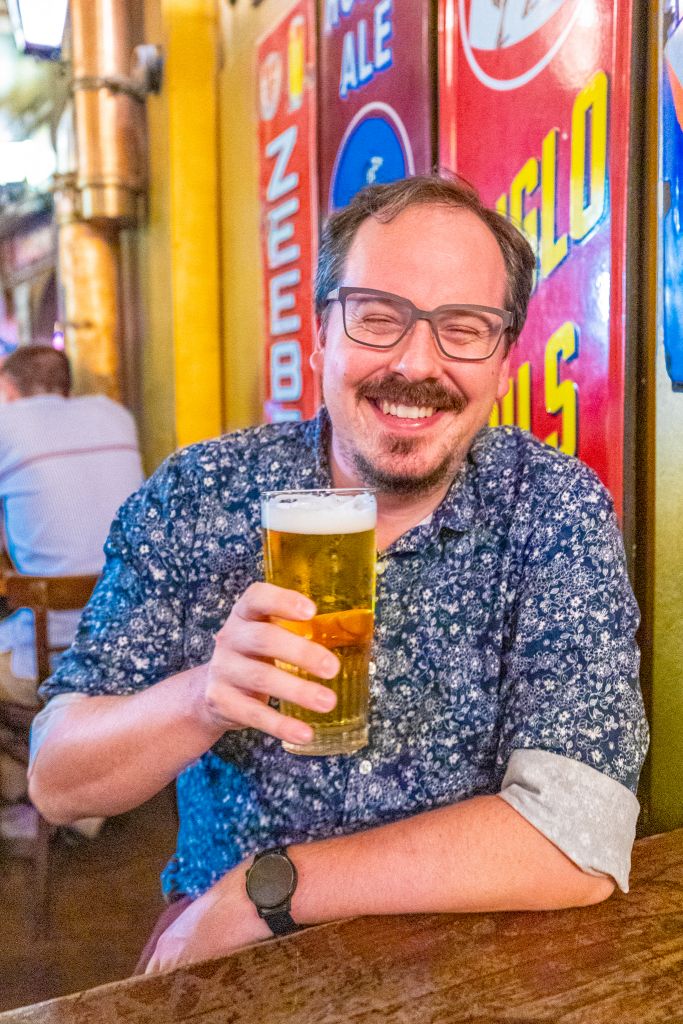
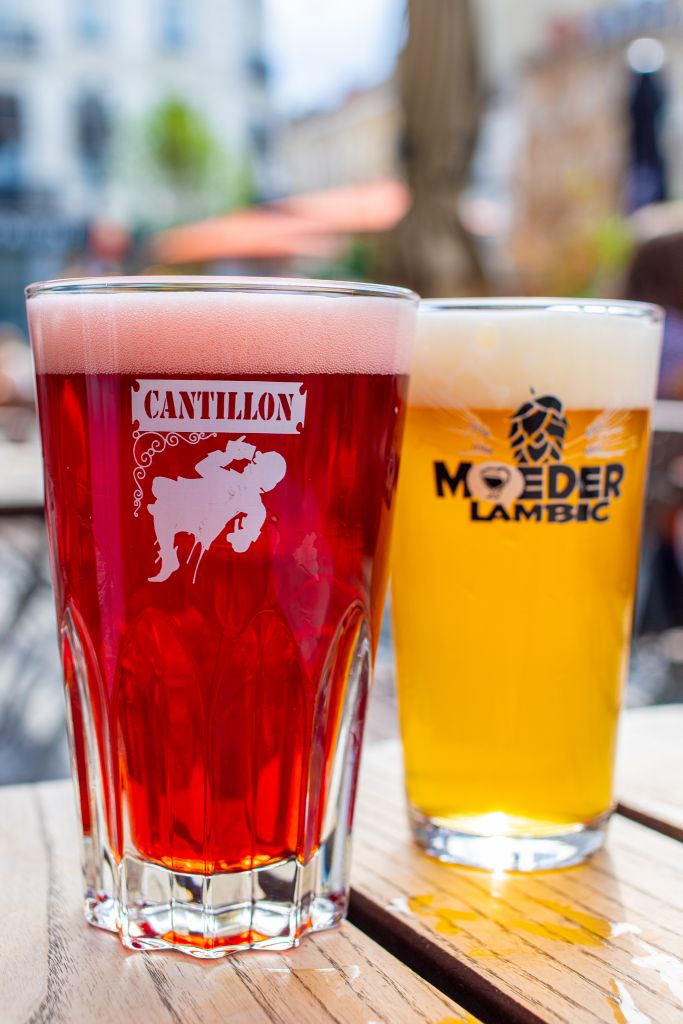
Rooftop Bars
As you can maybe sense from this blog post, I don't think Brussels is a top destination for sightseeing or attractions. Your time would be better spent eating & drinking, lmao. Brussels might not scream “skyline city,” but it has a surprising number of rooftop bars that offer great views and even better drinks. Rooftop 58 is Europe’s largest all-year outdoor & indoor rooftop bar and event space. It feels more like an urban rooftop park with tons of seating and 360 degree views. I also really enjoyed the BeerLab rooftop above the former Brussels Stock Exchange.
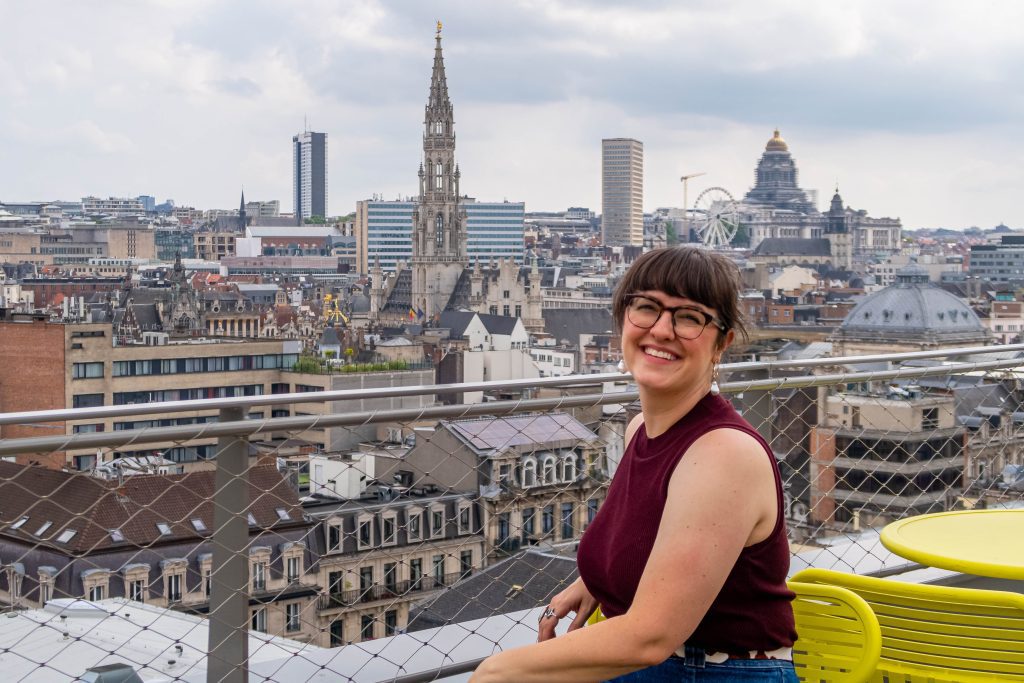
Travel Logistics for Brussels
General Brussels Travel Advice
- Languages: French and Dutch are both official, but English is widely spoken. “Bonjour” or “Goeiedag” goes a long way.
- Tipping: Not expected, but appreciated — 5-10% is plenty if service was great.
- Cash or card? Cards are widely accepted, but smaller bakeries or frites stalls may still be cash-only.
How to Get Around Brussels
Brussels is walkable. Most neighborhoods worth exploring are within 30 minutes on foot. But for further away spots like Atomium, I recommend using public transit. STIB operates metros, trams, and buses. It is really easy to use, and you can even use contactless payments directly at the turnstiles or on the bus. Bike-sharing is available all over the city, though cobblestones and hills can make for a bumpy ride.
When to Visit Brussels
Let’s be honest — Belgium is not exactly a sun-soaked destination. But Brussels has something to offer in every season, especially if you dress like an onion (layered, that is).
- Spring (April–June): Everything blooms, café terraces reopen, and Brussels starts to flirt with blue skies. Great for park hopping and fewer tourists.
- Summer (July–August): Peak festival season! Expect longer lines, livelier neighborhoods, and warm, sunny days that pair perfectly with a pint.
- Autumn (September–October): Fewer crowds, crunchy leaves in the parks, and rich seasonal menus popping up in restaurants.
- Winter (November–February): Brussels gets cozy. Think twinkling lights, Christmas markets, steaming pots of moules-frites.
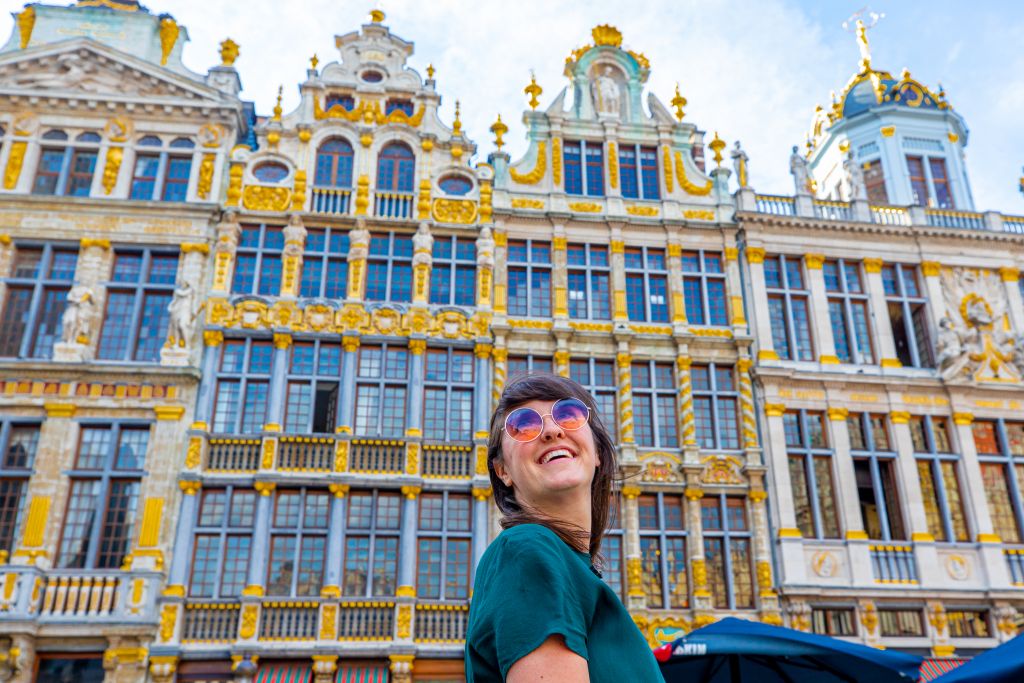
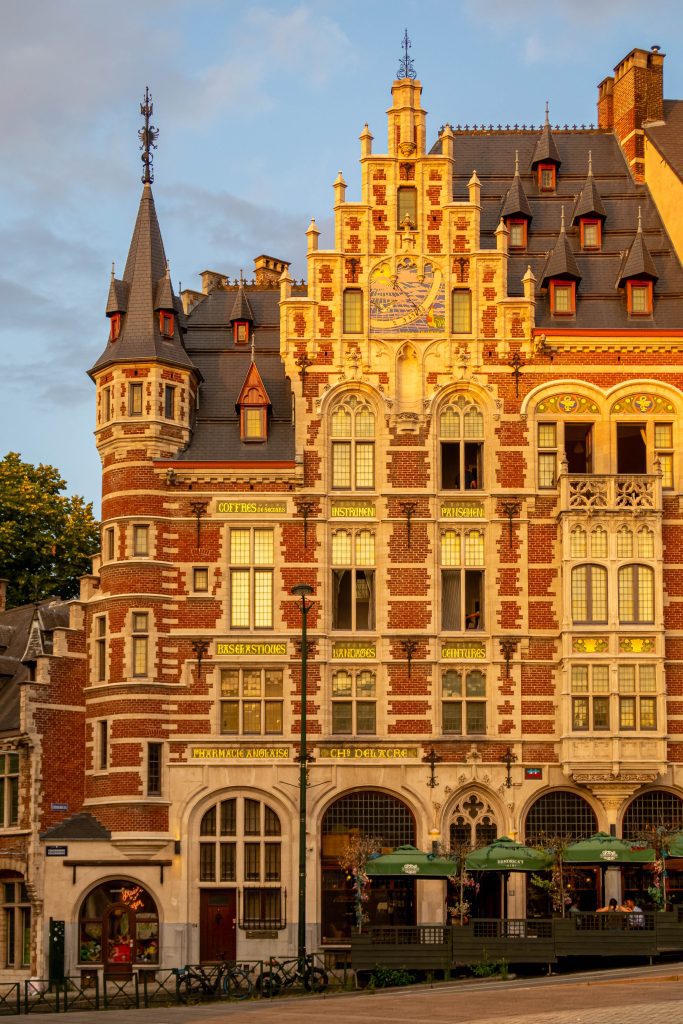
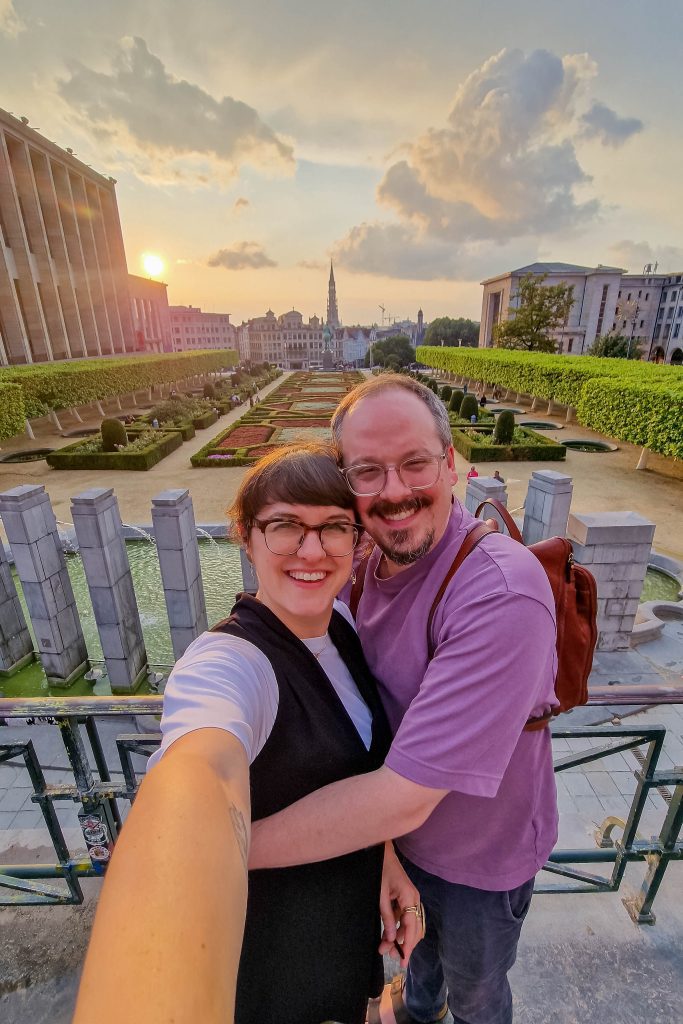
What to Eat in Brussels
Chocolate
As the capital of chocolate of Europe (and maybe the world?), Brussels is full of incredible chocolate shops owned by renowned chocolatiers. In fact, Brussels has more chocolate factories than any other city on earth. Needless to say, if you’re planning a trip to Belgium, then tasting the best Belgian chocolate needs to be on top of your to-do list. To avoid this post getting too long, I have a separate blog post entirely dedicated to chocolate in Brussels, including links to all of my favorite Brussels chocolatiers.
Waffles
One thing you should know before enjoying waffles in Belgium is that there are two kinds of Belgian waffles. Brussels style waffles are light, fluffy, and rectangular with a crispy exterior and a fluffy interior. Liège style waffles are smaller, oval-shaped, and denser, made with a dough containing sugar that caramelizes, giving them a sweet, crunchy, and slightly chewy texture. My favorite spot for waffles in Brussels is Maison Danboy, where you can try both styles of waffles with a lovely assortment of toppings.
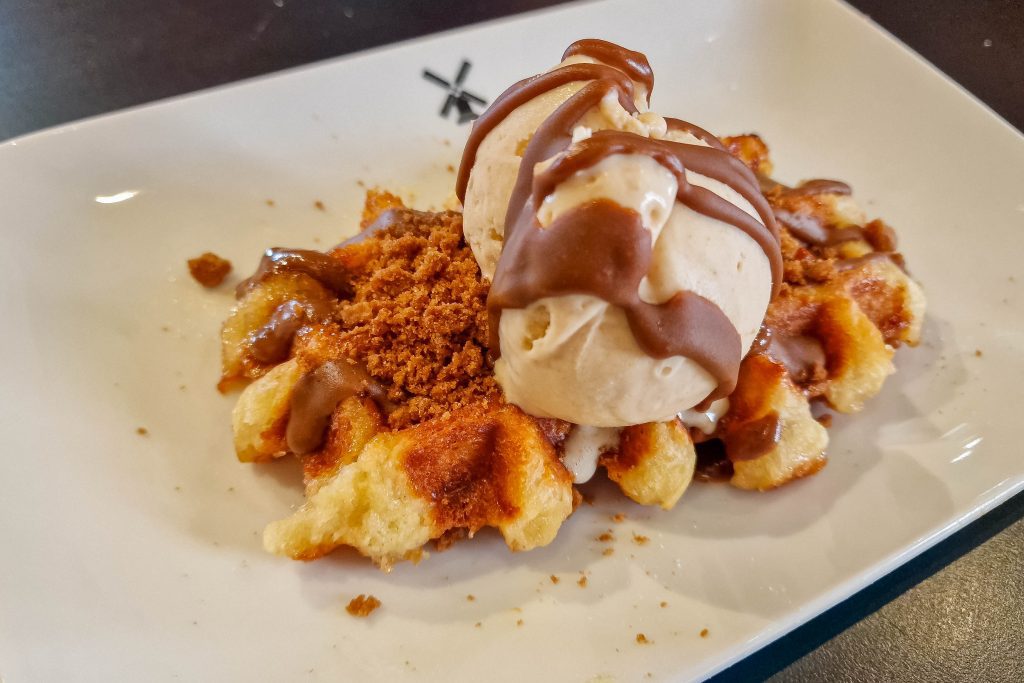
Frites
- Frituur Tabora: there is often a line for this unassuming frites shop. Over 50 different sauces to choose from and the frites are fried to perfection!
- Chez Papy Belgian Frites: Cheap, cheerful, crispy and classic. Nothing not to like about this spot.
- Frites Atelier: Michelin-level fries? You bet. This posh frites shop turns the humble Belgian fry into a full-blown event. Get the truffle mayo. Thank me later.


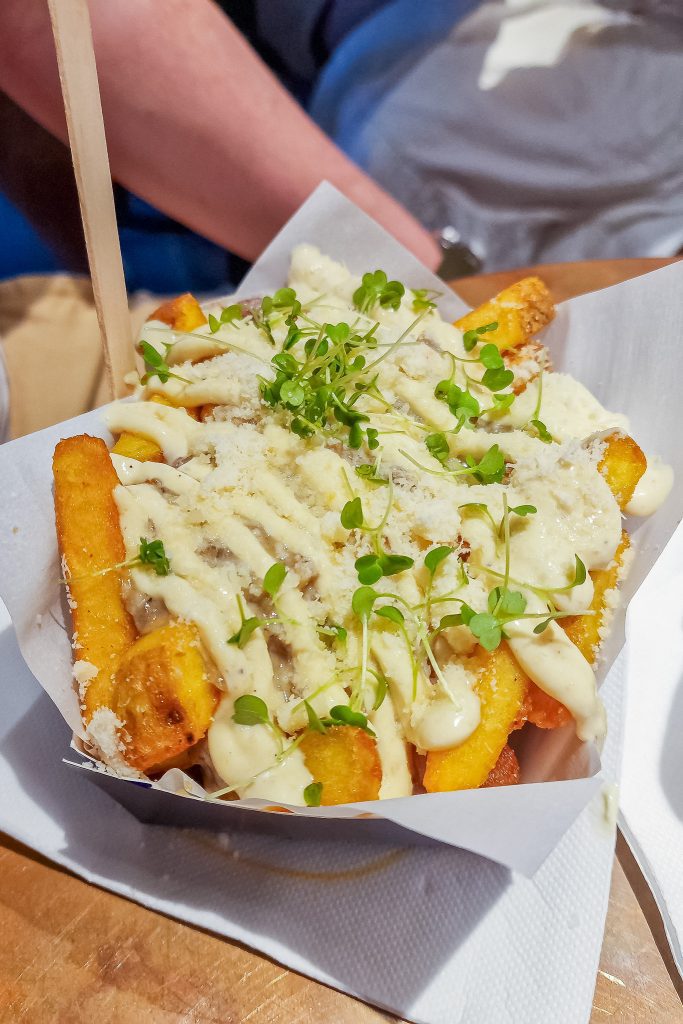
Where to Stay in Brussels
Brussels is a patchwork city where each neighborhood has its own flavor. Which neighborhood you stay in really shapes your experience. Here’s a quick cheat sheet:
📍Saint-Gilles: Artsy, bohemian, and effortlessly cool. Think vintage shops, indie galleries, and more wine bars than you can shake a baguette at.
📍Ixelles: Leafy, local, and super walkable. Great food, beautiful architecture, and slightly less touristy than the city center.
📍Sablon/Marolles: Old-world charm meets design-forward vibes. Antique shops, chic cafés, and that perfect Belgian blend of old and new. I really enjoyed my stay at Le Louise in this neighborhood.
📍City Centre: Super convenient for first-timers, especially if you want to be close to Grand Place, museums, and transit. Expect more hustle, more tourists.
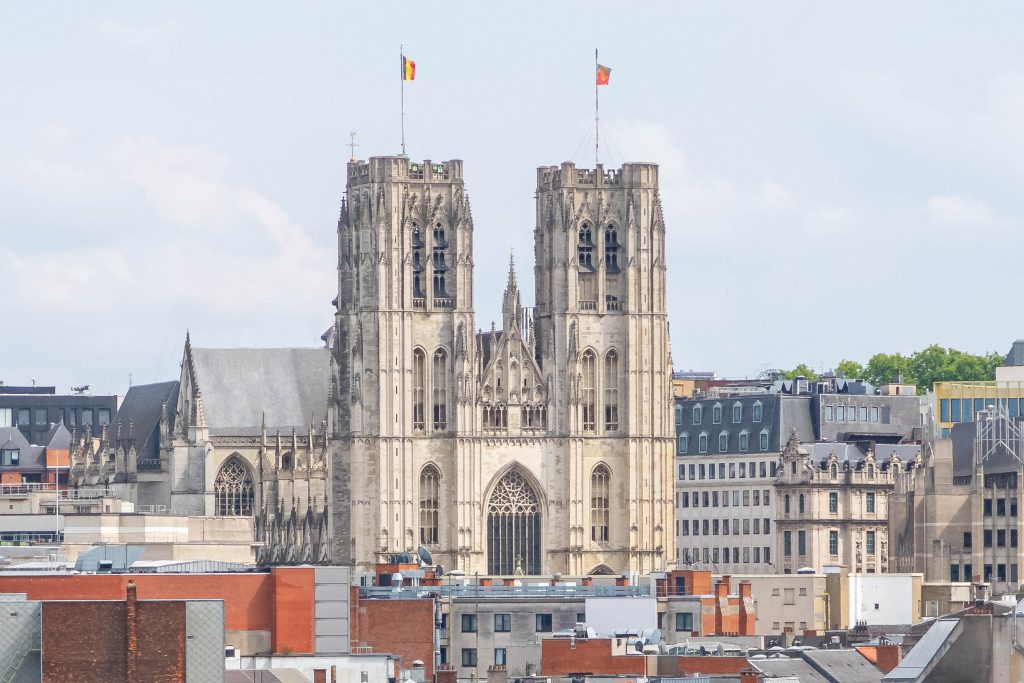
Do you have thoughts or questions about visiting Brussels? Tell me in the comments!
Share this story


